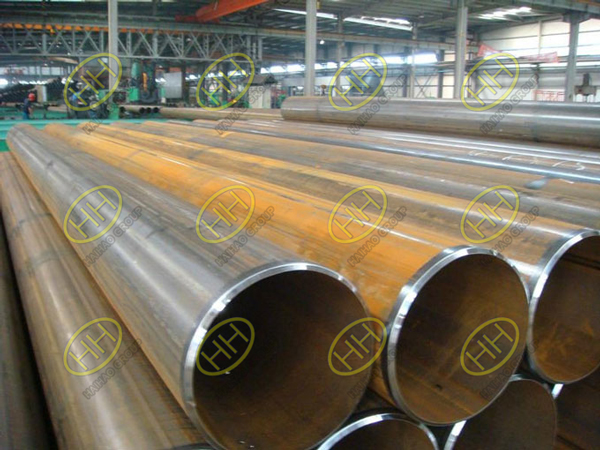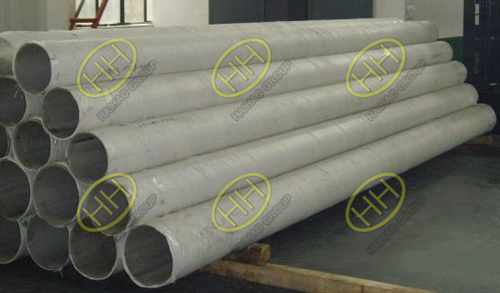Things you need to know about steel crystallization
By equipment such as furnace, converter, electric furnace, etc., steel is smelted and presented as liquid. In order to facilitate processing, it is cast in a mold of a certain shape and size, and after condensation, it constitutes a solid steel ingot and continuous casting billet. The continuous casting process is a new technology, which is constantly improved in practice and the application range is continuously expanded.
When molten steel is injected into the ingot mold, the heat of a layer of molten steel in contact with the mold wall is quickly absorbed by the mold, and the temperature immediately drops. Due to the large degree of subcooling, coupled with the turbulent state of the liquid during casting, nucleation is generated on the surface of the mold wall to form a very thin layer of fine crystal grains. When the crystallization is continued, since the degree of subcooling is also large, the crystals which are formed are in contact with each other, and these side contact crystals are drawn toward the center of the ingot, and this elongation results in the formation of a rod-shaped crystal zone. Later, due to the difficulty of outward heat transfer, the cooling capacity is reduced, and a large amount of crystallization heat released during the development of the rod-shaped crystal zone is mostly present in the liquid at the front of the crystal, so that the temperature of the central liquid of the steel ingot tends to be uniform. When the temperature drops to the crystallization temperature, it crystallizes at the same time to form equiaxed crystals in the central area.
Steel crystallization in various states
When the cooling capacity of the mold is very large, but the cross section of the ingot mold is small, the rod-like crystal may continue to develop to the center of the ingot, and it is in contact with the opposite rod-like crystal, that is, the rod-like crystal grown by the two sides penetrates the entire ingot section.
When the cooling capacity of the ingot mold is small, the temperature gradient in the cross section during the cooling process is very large, and it can be said that the temperature of the whole body in the molten steel is uniformly decreased. When a certain degree of subcooling is reached, nucleation can be simultaneously produced throughout the entire liquid. Thus, after the crystallization is completed, there will be no rod-like crystal area in the ingot, and the whole body is equiaxed crystal.
The casting temperature also has an important influence on the structure of the ingot. The high casting temperature means that the central temperature of the ingot needs to take a long time to fall to the crystallization temperature, which makes the rod-like crystal develop for a long time, and the superheating temperature of the liquid will also affect the structure of the ingot. If the superheating temperature of casting is high, the active inclusion particles are released or dissolved into the molten steel, which can become a crystallization center and promote the development of rod-like crystals.
The austenite crystal formed during the crystallization of the steel ingot has a composition which is much different from the composition of the raw molten steel, and the austenite crystal that is deficient in the melting point is formed in the molten steel. In carbon steel, low-carbon austenite is formed first, and thus more and more such elements are formed during crystallization.
The chemical composition inhomogeneity in the crystal range is called intragranular segregation. The inhomogeneity of different areas of steel ingots is called regional segregation. The degree of development of dendritic segregation of alloy steel generally increases with the increase of impurity content. The chemical composition inhomogeneity caused by dendritic segregation in each crystal range is a phenomenon that we are extremely reluctant to let it happen. Because it determines the tendency of steel for various defects, the rolled forged parts cause fiber structure and anisotropy. Therefore, avoiding the dendritic segregation of alloy steel has become one of the biggest tasks.
As the size of the ingot decreases, the degree of segregation decreases as well. The alloy steel is generally cast into small ingots. Sometimes it is such a small ingot to develop in a dendritic shape, and it is difficult to eliminate it later. Large ingots, apart from the development of severe dendrites, can also exhibit regional segregation that is not found in small ingots. By relying on the solidified steel ingot to carry out long-term residence at high temperature, the degree of dendritic segregation can be reduced by diffusion.
Some factories stipulate in the process that the hot or cold steel ingots should be transferred from the foundry to the processing workshop, so that the steel ingots stay at the extreme heating temperature for a long time, and the segregation of the branches can be reduced to some extent, but this is limited by the productivity of heating equipment and processing equipment.
For structural steel ingots for particularly important parts that sustain large loads, significant dendritic inhomogeneities are not tolerated. So such ingots must undergo special treatment, that is, uniform heat treatment. In addition, in alloy steel, especially high-carbon high-alloy tool steel, a large number of carbides precipitated in local areas due to poor cooling of the ingots will generate a strip structure after rolling, which seriously affects the service life of the parts. For producing better steel products, manufacturers need to adopt an improved ingot shape or homogenization treatment.


